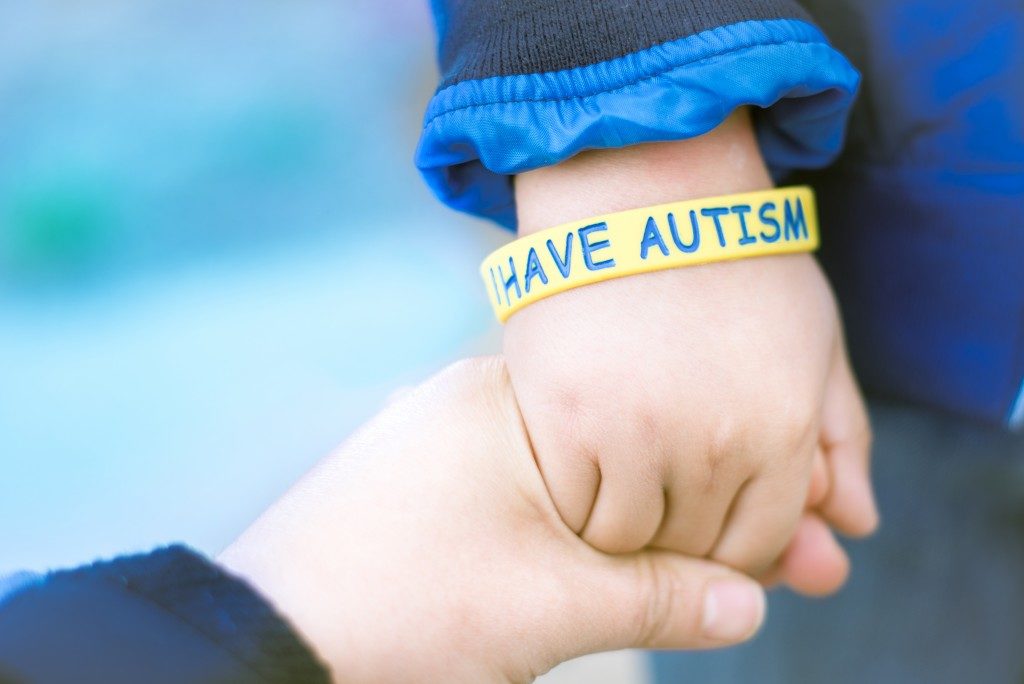Children are the pride and joy of their parents. Thus, they may find it hard when they realize that their children are different from others. But the good thing is that more parents are becoming more proactive. Many are starting to be amenable with early diagnosis for conditions such as autism. What then are some steps that parents could take after the diagnosis?
Search for a Strong Partner
A parent must look for a professional partner that can provide help for their child. There are reputable institutions in New York that offer treatment for autism. Applied behavior analysis (ABA) therapy is widely accepted for children with such conditions. This treatment helps the child adjust and function well. It encompasses areas in language, social skills, self-care, and learning. Also, what is good about it is its flexibility. It is not a rigid set of instructions or techniques. Instead, it can be adjusted according to what the child needs. A parent may mean well with their efforts to assist their child. But bringing in professional help will make a huge difference.
Upgrade Knowledge and Personalize It
For a parent to decide on letting their child go for diagnosis means that they have seen some warning signs. They must have researched these things and compared them to what they observe with their child. But it must not stop there. Having a child with autism means lifelong learning for the parent. They must be at par or advance to possible scenarios that their child might get into.
Being equipped with knowledge is a battle half-won. But they must not treat their child as a textbook case. Whatever they read, they must test against their child’s personal experiences. They must personalize the knowledge to their advantage. What are their child’s sensory triggers? What are their coping mechanisms? A parent must not be caught up with what they know and expect to see them in their child. Instead, they must look at their child and use what they know.
Provide Structure
One of the strongest triggers of children with autism is a disruption in their routine. As the primary caregiver of the child, a parent must exert efforts to keep meltdowns at bay. The keys are consistency and a schedule. The techniques applied in their treatment must be the same techniques applied at home. Strong communication is important here between parents and therapists. This way, the child will not get confused. They can be more functional because they see that they can apply what they know in both environments.
Also, it is best to have a structured day for the child. Their activities must almost be around the same time each day. Examples are meal times, therapy sessions, and bedtime. Having this set routine gives them a sense of control. Prepare your child if there are some changes.
Do Not Forget Self-Care

Having a child with autism is taxing in all aspects. A parent may be ready to throw in the towel at times. But they know that this is not an option. It is very important to get support for oneself and not only for the child. Join support groups or seek professional help when needed. A parent in good form can cater well to their child’s needs. Also, be self-forgiving. Accept that there will always be harder days. Losing one’s cool is normal. But what is more important is to try again.
A parent must remember that every child is a blessing. This is regardless of a child’s capacity or condition. Acceptance and love still reign supreme in a child’s world.

